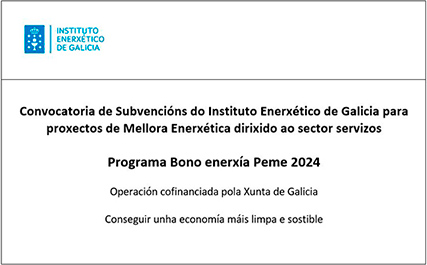It is for this reason that researchers have begun to study the use of psychedelics such as LSD as treatments for depression. Some people experience an “afterglow” effect after the comedown. They may feel a bit lighter and happier than normal, even though they are no longer having hallucinations or mood changes. Some people experience an LSD hangover or comedown instead of or after the afterglow.
What does it feel like to take an acid trip?
However, we believe in providing accessible and accurate information to reduce the harm that can occur when using. These trips have been described as everything from a spiritual awakening to a trip to the depths of hell (aka the dreaded “bad trip”). This can include experiencing wildly exaggerated surroundings with bright colors, patterns, bursts, and halos. They may have spiritual breakthroughs or feel they’ve gained some greater understanding of life during the trip.
You will engage in individual behavioral alcoholism and narcissism therapies, group counseling, and relapse prevention planning. Contact us today to learn more about how we treat acid abuse and your treatment options. However, law enforcement officers might use them to determine if you’ve been driving under the influence. Saliva tests can find LSD in your system for 8 to 15 hours after your last dose. Sahil enjoys taking time and listening to better understand what his patients are experiencing. He believes that empathy, respect and trust are integral traits that all providers must possess.
Each trip can be different, and it’s difficult to know what you’ll get with each hit. It can take 20–90 minutes to start feeling the effects, which can then last up to 12 hours. However, the impact can vary, depending on the individual, their mood, surroundings, and other factors. These flashbacks may become upsetting and can even begin to interfere mesclun psychedelic with your day-to-day life. People who take acid may experience flashbacks for days, weeks, or even months after a trip. But to keep from getting sick later on, it’s good to drink water — or to encourage someone you’re with to hydrate if they’re coming down from an acid trip.
Health Challenges
- In addition, though the risk of death and severe consequences from LSD is low, negative side effects are possible.
- They found evidence of LSD in brain tissue samples, but it was not the cause of death in any of the cases.
- The amount of time that LSD can be detected depends on what type of test you are using.
- Once the drug is in the bloodstream, it travels to the brain and other organs, such as the liver.
- Because of its short half-life, LSD can be detected in the urine for up to eight hours.
One person may have a completely different experience from someone else after taking the same amount of the drug. One of the most important factors is the timing of the sample. Studies have demonstrated that some inactive byproducts of LSD are present in urine at concentrations 16–43 times higher than LSD. Researchers are uncertain how these findings can help detect LSD use, however. Albert Hoffman, a chemist in Switzerland, first developed it in 1938. Consuming LSD with other substances can affect metabolism, absorption and elimination rates.
Because of its short half-life, LSD can be detected in the urine for up to eight hours. This detection window is shorter than that of many other drugs. For example, marijuana can be detected in the urine of heavy cannabis users for up to two months after last use.
Take the First Step Toward Recovery
After a dose of 1–3 mcg per kilogram of body weight, most people will experience a moderate effect of LSD. In addition, other drugs that are similar in structure may interfere with the detection of LSD, depending on the test — some are more accurate than others. Researchers have analyzed tissue samples in mice that had received intravenous injections aetna momentum program of LSD.
How long is it detectable in a drug test?
At present, there is no FDA approval for this use, and the drug remains illegal in the U.S. The person may want to find another source of euphoria and pleasure that matches what they felt with the drug’s effects. Some people may therefore turn to gambling, shopping, or other sources of temporary pleasure. The comedown occurs when the peak of the acid trip has worn off. At this time, a person may not be having hallucinations and mood changes, but they still do not feel completely “normal” again.
Acid causes you to experience visual, auditory, and tactile hallucinations. Other symptoms include changes in mood, increased heart rate, dilated pupils, altered sensory perceptions, and feelings of euphoria or panic. You can have a good or bad experience with LSD, often depending on your mood and setting before the acid takes effect. Some people who use LSD report having bad trips and lasting emotional effects.
In other words, saliva tests offer a short window of detection. How long the effects of LSD last depends on the method of administration you use. Once it absorbs into your bloodstream, you will experience effects within 90 minutes that last for up to 12 hours. If you decide to try acid, ask a friend to stay with you during your trip. They should stay sober until you fully come down from the drug.

